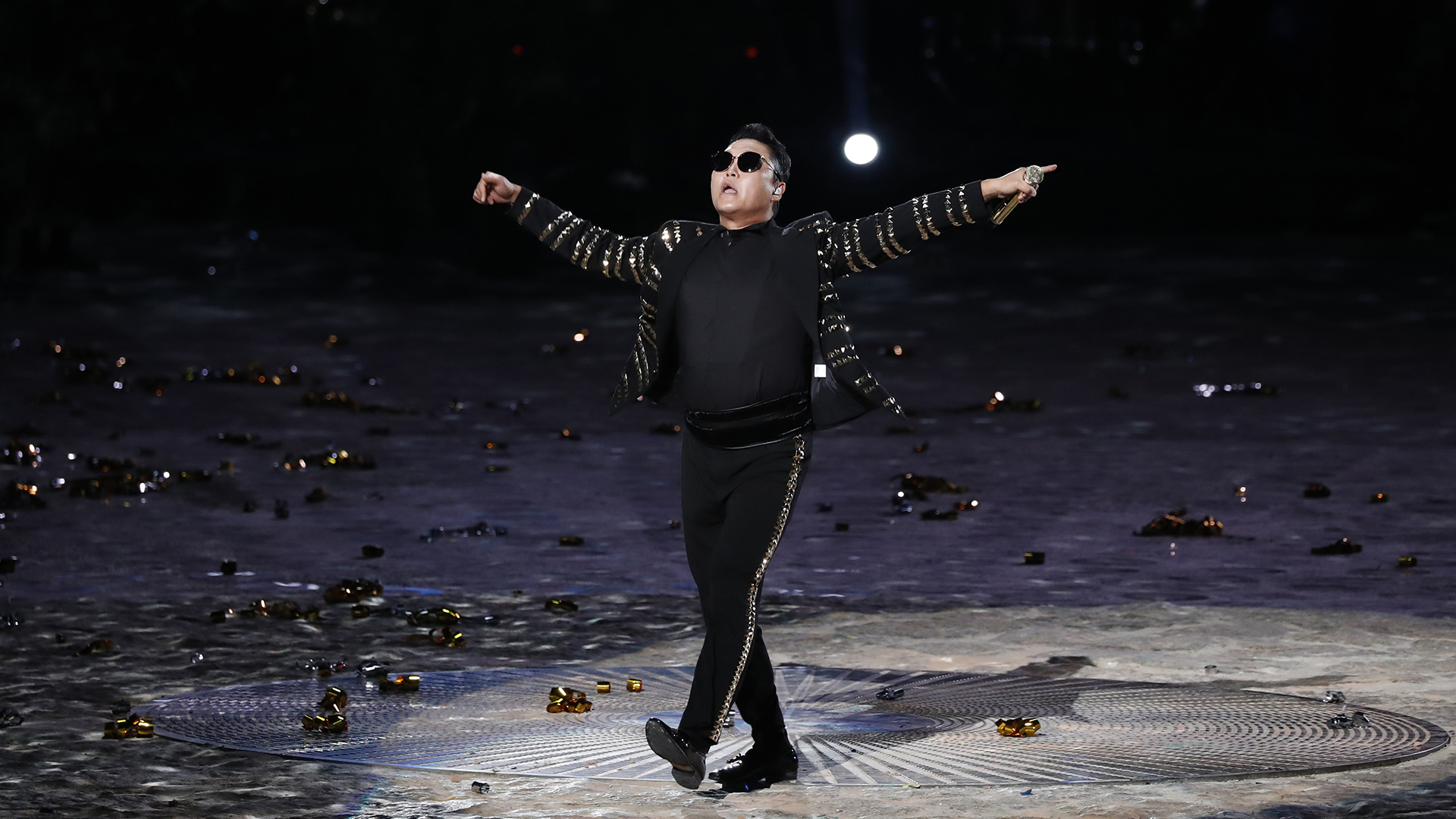2012 was a significant year for the k pop music when the rapper PSY released his catchy song Gangnam Style, which, after its worldwide success, put South Korea on the western radar, paving the way for other artists from the same scene.
Although other groups like Super Junior, Girls Generation, Wonder Girls, TVXQ, BIG BANG or soloists like BOA were already well known among the Korean wave (halyu)-loving public, the truth is that the feats achieved by the also interpreter of Gentleman made clear the potential for one of Asia’s most prominent industries to break into the Western market.
after this watershed the word “K-pop” began to be heard more often: when opening social networks, when watching television programs, when looking for something to listen to on streaming platforms, in the big magazines, in the advertising of various brands and even in awards such as Billboard or the Grammys.
In this scenario, it is not surprising that various platforms have opted to give spaces to the highest representatives of South Korean music with rankings such as the iTunes “Top K-pop Songs Charts”which is available for various countries, including Mexico, Peru, Colombia and Argentina.
Here a list of the 10 most downloaded songs this day:
1. Smoke Sprite (feat. RM)
Artist: So!YoON!
2. promise
Artist: Jimin
3. rover
Artist: KAI
4. christmas love
Artist: Jimin
5. SET ME FREE
Artist: TWICE
6. Yet To Come
Artist: BTS
7. film out
Artist: BTS
8. Run BTS
Artist: BTS
9. yours
Artist: JIN
10.MONEY
Artist: LISA

Modern K-pop (from English “Korean pop”) originated in the 1990s with the debut of the popular group Seo Taiji and Boys in 1992, known for incorporating Western music styles such as rap, hip-hop, rock, jazz, electronics, and techno into their songs.
This trio, made up of Seo Taiji, Yang Hyun-suk and Lee Junomade her debut on a talent show on MBC with the song Nan Arayo, perplexing the jury, who gave them the lowest marks. However, the success that this single took hold on radio and television was resounding, which led to the release of more songs of that style and more artists who opted for it.
It was not until 1995 when the producer Lee Soo Man founded one of the companies that to date remain a “heavyweight” in the music industry, SM Entertainment; while former Seo Taiji & Boys member Yang Hyun Suk created YG Entertainment (nineteen ninety six); followed by JYP Entertainment (1997), established by singer Park Jin Young.
These three companies were long called the “Big 3” ‒until the success that BTS achieved by the hand of BigHit Entertainment (today known as Hybe Labels)‒ and were dedicated to training the first generations of idols, in order to satisfy the demand of the Korean public to want to see younger artists.
In this way, the HOT group was one of the first to debut in the industry, followed by others that made up the well-known “first generation of K-pop” such as Sechs Kies, SES, Fin.KL, NRG, Baby VOX, Diva, Shinhwa and god
At the beginning of the new millennium, some of the idol groups that had debuted were inactive while others like Baby Vox were successful in various regions of Asia, an example of which was their song Coincidence, which was promoted at the 2003 Soccer World Cup and which was placed in the first position on the Chinese music charts.
At the same time, other artists who went solo also marked a milestone: Boathe first Korean singer to lead the Oricon chart in Japan, an equivalent to the Billboard chart but Asian and in which artists from other countries rarely manage to enter and Rainan actor and singer who gave a concert for 40 thousand people in Beijing.
Later I would initiate the call “second generation of K-pop”again at the hands of groups that were made up of young figures such as TVXQ (debuting in 2003), SS501 (2005), Super Junior (2005), BIGBANG (2006), as well as girl groups such as Wonder Girls (2007), girls generation (2007) and KARA (2007).
By 2008, South Korea was already dominating the entertainment market in Asia with an annual growth rate of more than 10% in the exports of its musical and television products with K-dramas, even accounting for 68% of the music market in Japan, ahead of China (11.2%) and the United States (2.1%).
Later, more groups like SHINee or INFINITEthe latter who managed to secure the record of being the first to top the Billboard Emerging Artists chart in 2014 with his song Last Romeo; 2PM, EXO, 2IN1, until you reach the third generation of K-pop where new groups such as BTS, Seventeen, GOT7, Twice, Red Velvet, BLACKPINK, MAMAMOO, among othersup to the present Fourth generation which are all those who debuted between 2017 and 2018 like Stray Kids, ITZY, Ateez, Astro and more.
It is worth mentioning that a watershed that should be considered is Gangnam Style by rapper PSYa song that not only managed to break unimaginable records on music platforms such as Youtubebut it also went around the world and showed that language was not a barrier to success in highly competitive countries such as the American industry.
To date, the baton as the greatest exponents of K-pop is held by the group bts ‒integrated by Suga, RM, Jin, Jimin, J-Hope, V and Jungkook‒, who in addition to dominating the music industry in South Korea and consolidating their fame in the rest of the world, have been named “Asia’s trend leader” by The Economist and “Artists of the Year” by TIME magazine, going through his Grammy Award nominations and his 10 Billboard Awards.
